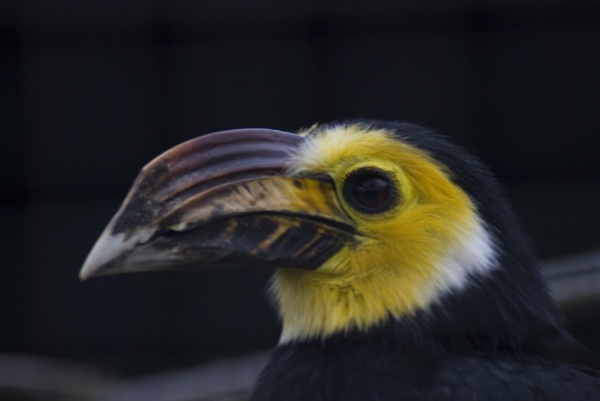Facts About Sulawesi hornbill
The Sulawesi hornbill, also known as the Sulawesi tarictic hornbill, Temminck's hornbill, or Sulawesi dwarf hornbill, is a delightful bird native to Indonesia. Measuring approximately 45 cm in length, this species is relatively small for a hornbill. The males are distinct with their yellow faces and throats, complemented by a yellowish bill marked with black. In contrast, females display all-black plumage and a darker bill.
These hornbills are endemic to the tropical lowlands, swamps, and primary forests of Sulawesi and nearby islands, flourishing from sea level up to elevations of 1,100 meters. There are two subspecies: P. e. exarhatus, found in northern Sulawesi, and P. e. sanfordi, which inhabits central, eastern, and southern Sulawesi, as well as Buton and Muna Islands.
Sulawesi hornbills are social birds, often observed in groups of up to 20 individuals. Interestingly, only the dominant pair typically breeds, while the others serve as helpers. Their diet consists of fruits, figs, and insects. During breeding, the female seals herself inside a tree cavity while the male and other group members provide food for her and the chicks.
Although fairly common in their natural habitat, the Sulawesi hornbill is listed as vulnerable on the IUCN Red List of Threatened Species.
In captivity, this species has demonstrated promising breeding success. Currently, three institutions are breeding them: Whipsnade Zoo in England, Avifauna in the Netherlands, and the San Diego Zoo in the USA. At Whipsnade, they can be found in the bird garden area. The San Diego Zoo houses two pairs, one in the walk-through Parker Aviary and the other in a nearby small aviary.

 Timor Leste
Timor Leste